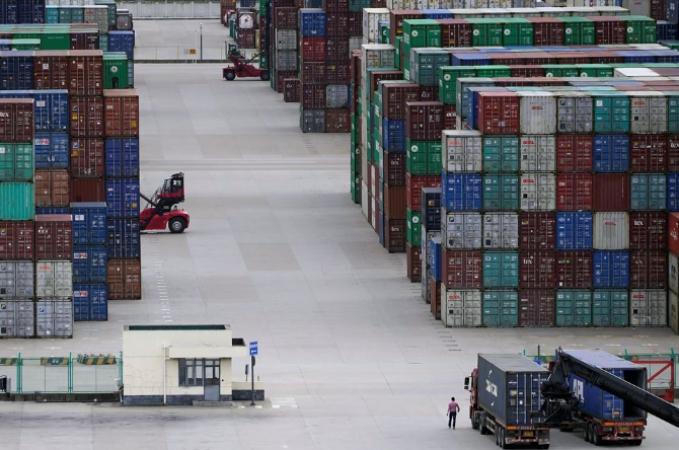
BEIJING: China's factory activity unexpectedly returned to a shrinking range in July, despite recent rising signs of modest recovery in the world's No. 2 economy.
According to data released by the National Bureau of Statistics (NBS) on Sunday, the official Manufacturing Purchasing Managers' Index (PMI) dropped from 50.2 in June to 49.0 this month, well below the 50-point mark, which has dented growth from contraction on the monthly basis. separates.
According to Chinese financial data provider Wind, analysts had predicted that the readings would remain unchanged from last month.
While it fell from 54.7 in June to 53.8 in July, the official non-manufacturing PMI, which measures business sentiment in the services and construction sectors, was still in expansion territory.
The most recent official composite PMI, which measures activity in both manufacturing and services, declined from 54.1 in June to 52.5 in July.
Zhao Qinghe, a senior statistician at NBS, said that "overall, the level of economic sentiment in China has subsided somewhat, and the foundation for reform still needs to be solid."
The government's official news agency, Xinhua, in a remarks issued on Sunday warned the nation "seriously aware that the foundation of China's economic recovery is still not strong, and it will make painstaking efforts to strengthen the momentum of reform."
"China's economic operations still face many risks and challenges, resulting from the impact of factors beyond expectation from the complex and harsh international environment and the shock of the domestic epidemic situation."
Signs of recovery were developing earlier this month despite unexpectedly disappointing manufacturing PMI data, as key metrics for retail sales and industrial production improved marginally in June.
China's industrial profit in June rose 0.8% from a 6.5% drop in May, the country's first gain in two months. This improvement was attributed to the easing of coronavirus restrictions and the resumption of manufacturing activity.
At its closely watched economic meeting on 28 July, the Politburo, the highest ranking body in China, defended China's zero-Covid policy, avoiding references to an annual growth target of "about 5.5 percent".
This target was set in March, before the country's Omicron outbreak, the Ukraine war, and US rate hikes.
The second quarter saw a sharp decline in China's GDP growth, falling to 0.4% from 4.8% in the first three months of the year.
The world's second-largest economy has slowed as a result of stricter pandemic rules, which the International Monetary Fund blamed earlier this week for slashing its 2022 global growth forecast to 3.2% from 3.6%.
According to the sub-index of production and new orders, both the supply and demand sides of the manufacturing sector resumed contracts this month after recovering to expand in June.
Besides off-season for production, insufficient market demand and low sentiment in industries with high energy consumption, Zhao cited several other factors as contributing to the decline in manufacturing PMI.
Zhao noted that the percentage of businesses reporting insufficient market demand had risen for four months to more than 50% in July.
The main challenge facing manufacturing businesses at present is lack of market demand, he said, adding that the foundation of manufacturing recovery needs to be strengthened.
The expected sub-index of production and operations fell 3.2 percentage points to 52.0 in July.
Taiwan: Washington's carelessness could bring US-China relations to an impasse
Inflation reaches record levels in 19 nations using the euro